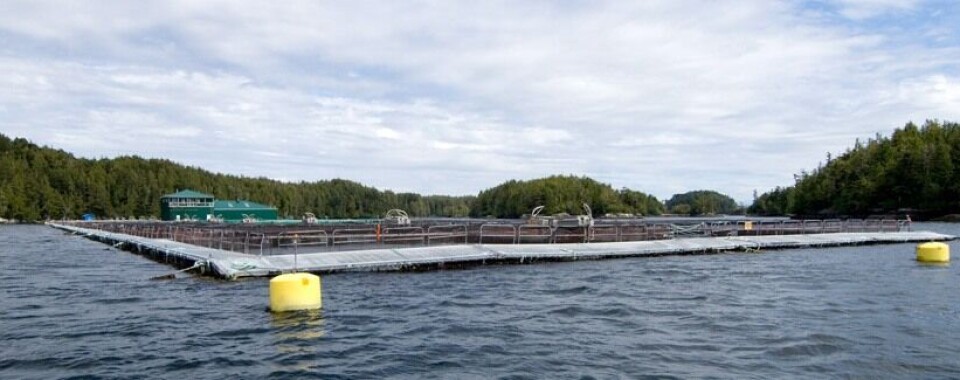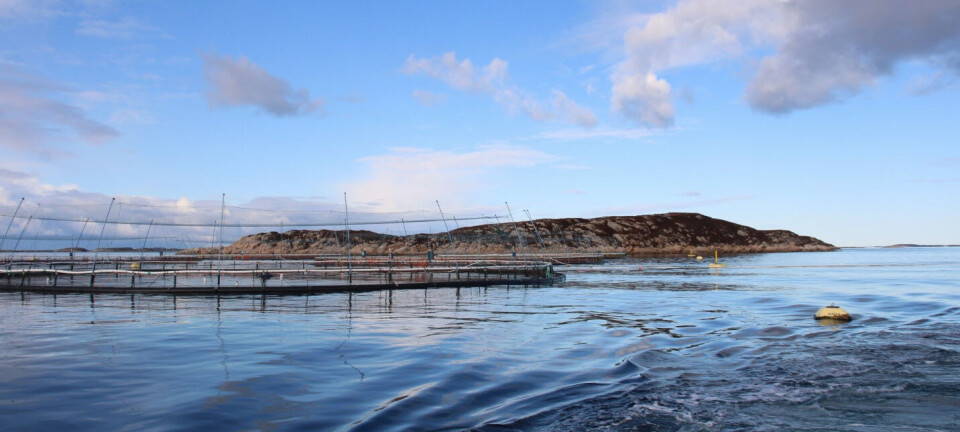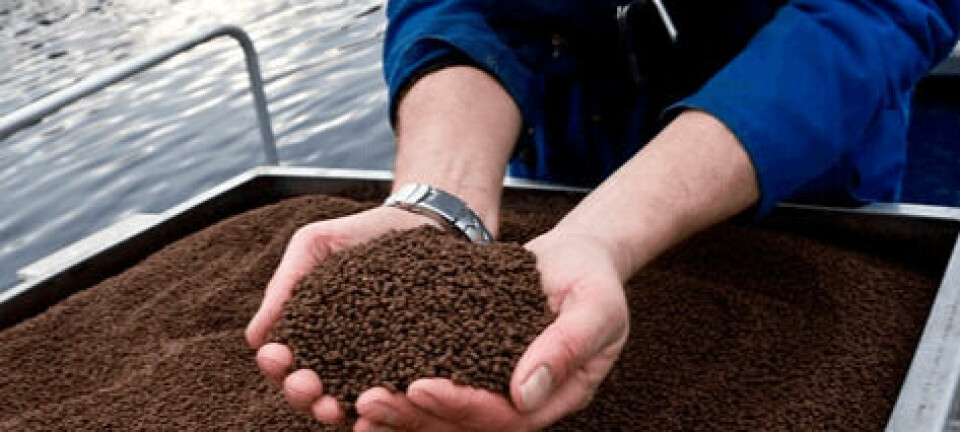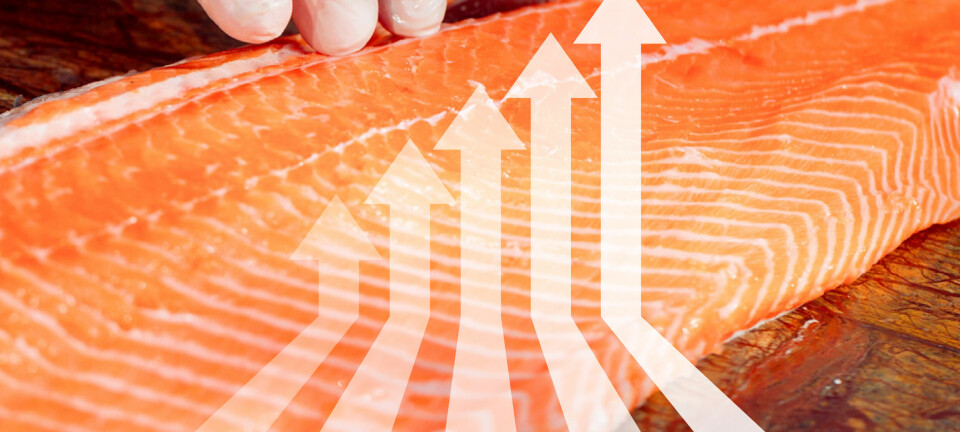
Mainstream best in Canada
As the final numbers for last year are released by all of the three main producers of Atlantic salmon in British Columbia, the results of the Canadian operations of the Oslo Stock Exchange-listed companies Marine Harvest, Mainstream and Grieg Seafood are becoming clear. The last quarter of 2010 saw Marine Harvest Canada drop to the lowest level of all three companies when it comes to the earnings (EBIT) per kilo produced- a mere NOK3.96 per kilo. The EBIT per kilo for the whole of last year was a more acceptable NOK6.70.
At the time of this writing, one NOK equals about US$0.18, CAD$0.17 and €0.13.
Grieg Seafood BC Ltd wasn’t much better in Q4- at an EBIT of NOK4.95 per kilo, with an annual EBIT/Kg being about the same- NOK 5.05. The parent company of Grieg Seafood BC Ltd reported its best results ever for the fiscal year 2010. And so did the parent company of Mainstream Canada- Cermaq ASA. Mainstream recorded an EBIT of NOK 7.50 per kilo during the fourth quarter of 2010, while the result for the whole year was a respectable NOK 9.30 per kilo.
Additional information from the three BC-based producers show a production during the last quarter of 2010 of some 9,489 tonnes by Marine Harvest Canada, 6,800 tonnes for Mainstream Canada and 2,371 tonnes produced by Grieg Seafood BC Ltd. The corresponding numbers for sales revenue were NOK 369 million, 263.5 million and 93.8 million. Total EBIT was NOK 38 million, 50.9 million and 11.74 million, respectively.
For the full calendar year of 2010, the numbers stacked up as follows;
|
| Volume, tonnes | Revenue, NOK million | EBIT*, NOK million |
| Marine Harvest Canada | 33,547 | 1,370 | 225.0 |
| Mainstream Canada | 20,600 | 870.2 | 190.5 |
| Grieg Seafood BC Ltd | 13,682 | 554.3 | 69.2 |
* Where available, EBIT is stated pre-fair value adjustments
For the current fiscal year (2011), Marine Harvest Canada plans a slight increase in production to 36,000 tonnes, Mainstream Canada and Grieg Seafood BC Ltd plan to harvest similar volumes as in 2010- some 20,500 and 14,000 tonnes, respectively (all harvest volumes Dressed- Head-On).























































